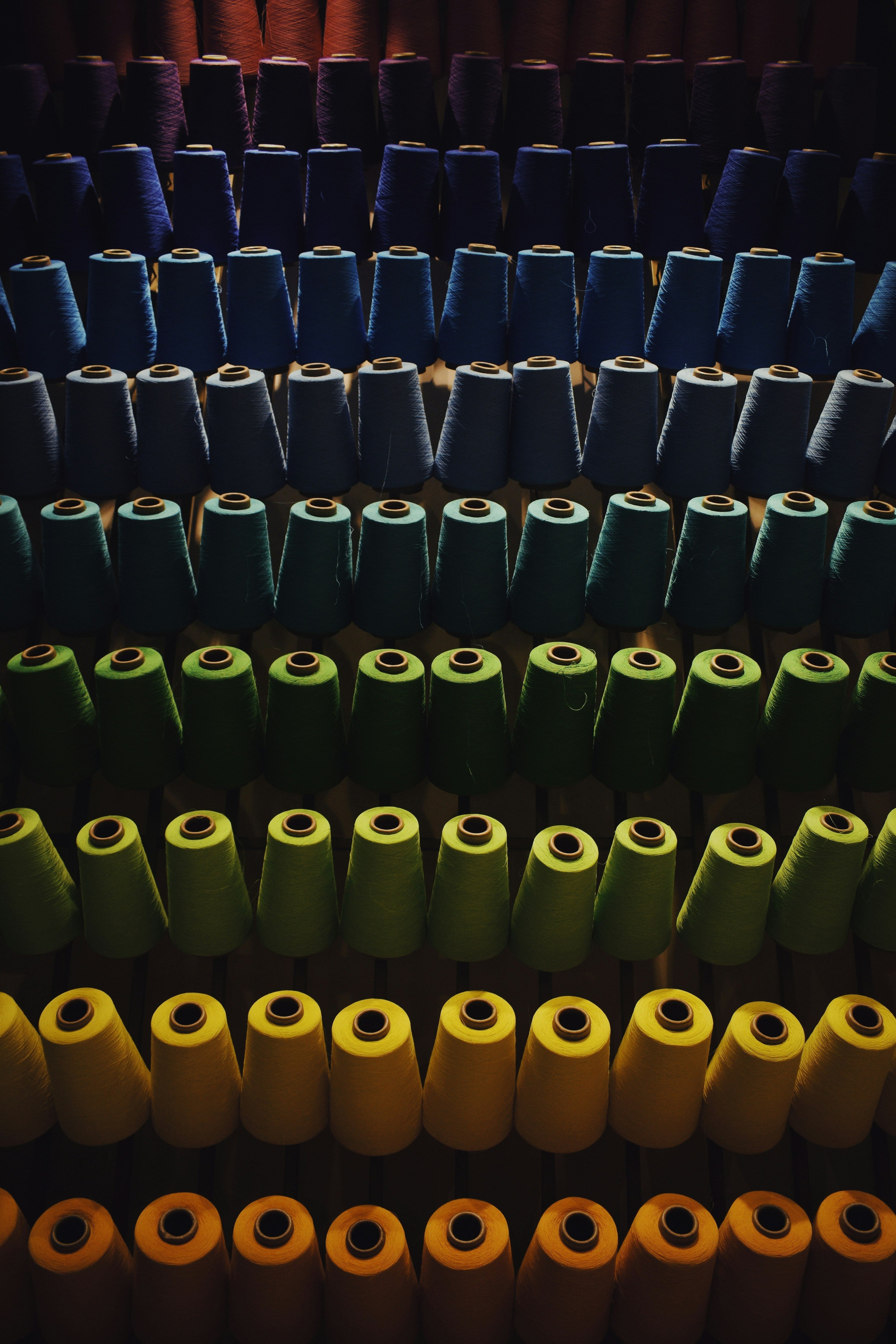In our first post, we uncovered the invisible problem of microplastic pollution originating from our own closets. But to truly understand the issue, we have to look beyond our laundry baskets and into the industrial systems that created it. How did our clothing become a primary source of plastic pollution?
The Engine of 'More'
The main driver is an economic model known as "fast fashion," which has radically changed our relationship with clothing. The average person now buys 60% more clothing than in 2000, but keeps each item for only half as long, leading to an average garment lifetime of just 2.2 years. This business model has a hidden environmental cost. Since new clothes shed the most plastic fibers during their initial washes, the rapid cycle of buying and discarding them dramatically increases the total amount of microplastics released each year.
A Problem from the Very First Thread
Crucially, this shedding doesn't even begin with us. Microplastic pollution is created at every stage of a synthetic garment's life, starting in the factory. From the spinning of yarn to the weaving of fabric and the cutting of patterns, plastic fibers are breaking off and entering the environment long before a piece of clothing ever reaches a store.
An Industry Built on Oil and Disposability
So why is the industry so reliant on these materials? The answer lies in simple economics. Synthetic fibers are incredibly cheap to produce, thanks to the stability of the fossil fuel industry, and this low cost is the engine that makes the fast fashion model profitable. At the other end of the lifecycle, the problem is just as immense. In the United States alone, a staggering 85% of all unwanted clothing ends up in landfills, where a single synthetic garment can persist for up to 200 years. With less than 1% of all textile waste being truly recycled into new fibers, it's clear the current system is built for disposal, not circularity.
The Power of a Better Choice
It's easy to look at the immense industrial and economic barriers and feel like the system is too big to change. But we believe the problem, and the solution, is much simpler. The responsibility lies in the choices we make at the very beginning. Instead of changing the entire system, we can start by choosing a better material. The most decisive path forward is to turn away from polluting synthetics and embrace the proven, sustainable power of natural fibers to create a healthier future.
A FearKnot Principle: While fast fashion treats you like a temporary consumer, your choices have a permanent impact. The tag on your garment is your vote for the world you want to create.
Photo by Vishal Banik on Unsplash
